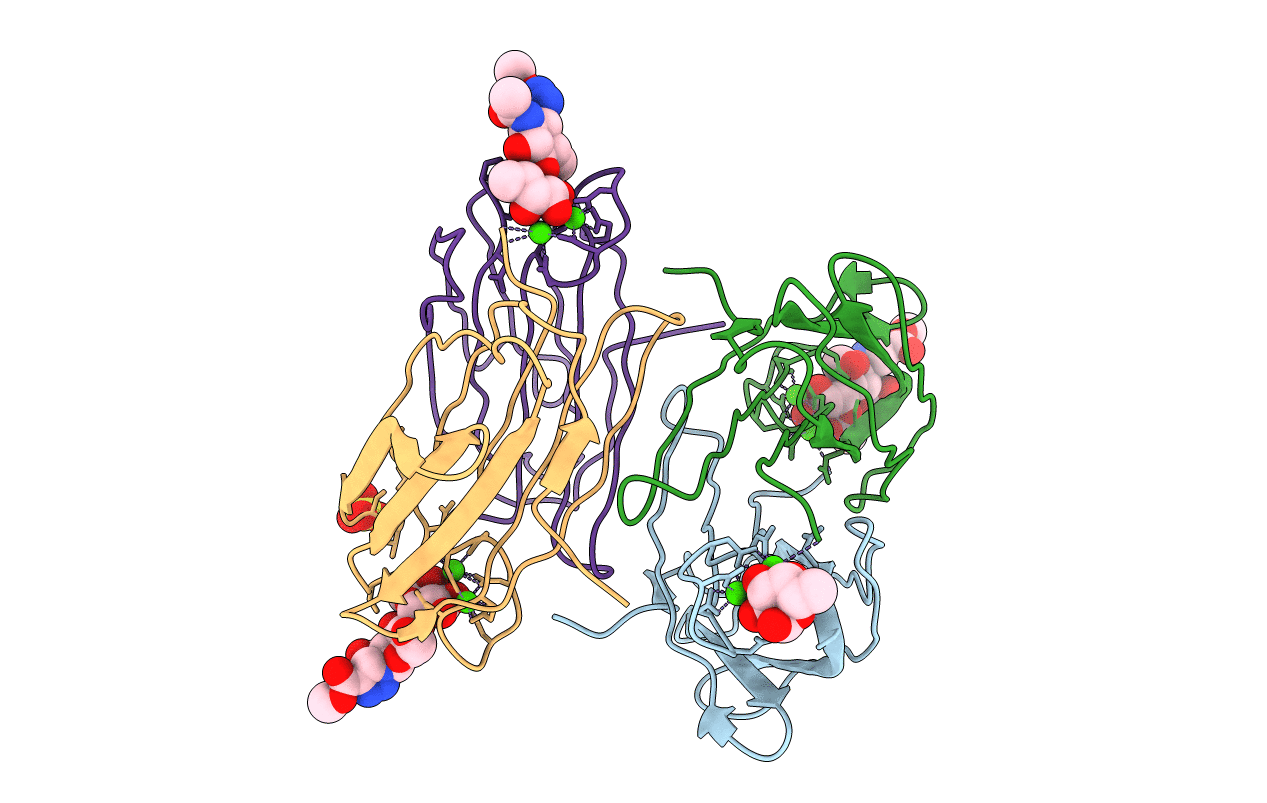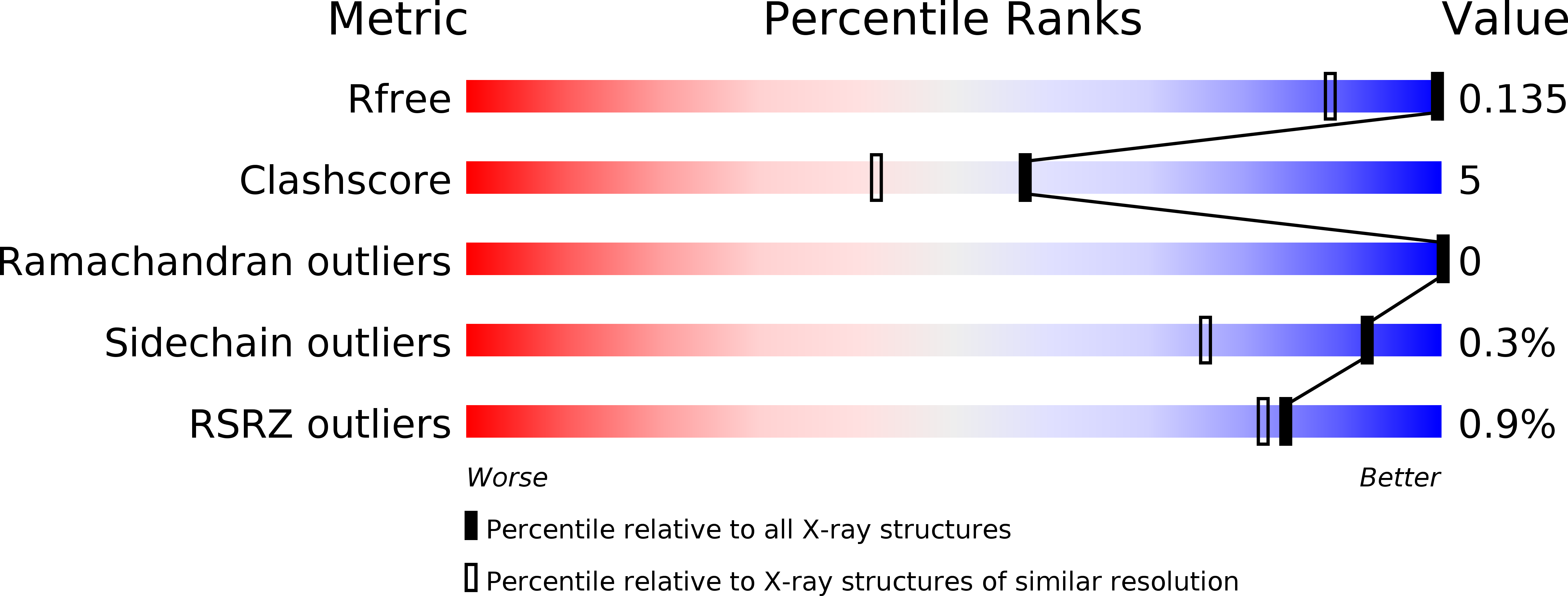
Deposition Date
2007-01-10
Release Date
2007-07-24
Last Version Date
2024-05-08
Entry Detail
PDB ID:
2JDK
Keywords:
Title:
Lectin PA-IIL of P.aeruginosa complexed with disaccharide derivative
Biological Source:
Source Organism:
PSEUDOMONAS AERUGINOSA (Taxon ID: 287)
Host Organism:
Method Details:
Experimental Method:
Resolution:
1.10 Å
R-Value Free:
0.13
R-Value Work:
0.11
R-Value Observed:
0.11
Space Group:
P 1 21 1


